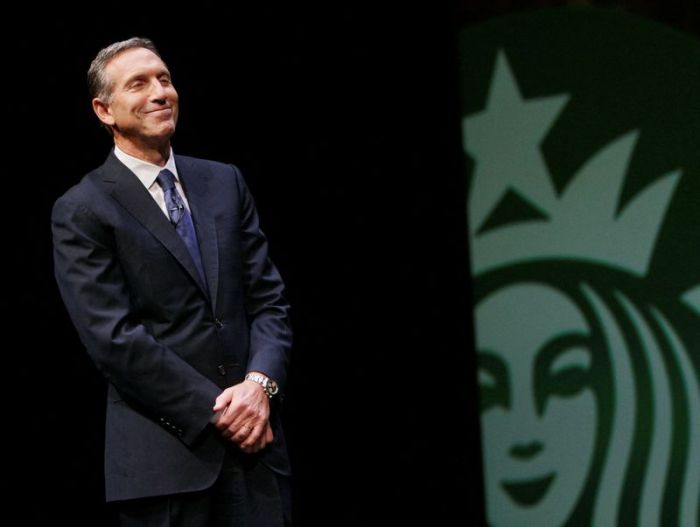(Reuters) -Oil lost ground for the fifth time in the last six days on Wednesday as traders reacted to hoped-for progress in Russia-Ukraine peace talks and a surprising increase in U.S. inventories.
The oil market has been on a roller-coaster for more than two weeks, and both major benchmarks have traded in their largest high-to-low range over the last 30 days than at any time since the middle of 2020.
Wednesday was no different, as global benchmark Brent traded in a $6 range, between $97.55 and $103.70 before settling at $98.02, down $1.89 a barrel, or 1.9%. U.S. West Texas Intermediate (WTI) crude ended down $1.40, or 1.5%, at $95.04 a barrel.
Last week’s frenzied rally pushed Brent briefly past $139 a barrel on worries about extended disruption to Russian supply. Brent is now more than $40 below that point, and some analysts have warned that this reflects too much optimism that the war will end soon.
The United States and other nations have slapped heavy sanctions on Russia since it invaded Ukraine more than two weeks ago. This disrupted Russia’s oil trade of more than 4 to 5 million barrels of crude daily.
Brent staged a 28% rally in six days and then a 24% drop over the next six sessions counting Wednesday. Prices hit a 14-year high on March 7 before pulling back.
A number of factors drove the turnaround, including modest hopes of a Russia-Ukraine peace agreement and faint signals of progress between the United States and Iran to resurrect a 2015 deal that would allow the Islamic Republic to export oil if it agrees to limit its nuclear ambitions.
Chinese demand is expected to slow due to a surge in coronavirus cases there, although figures showed fewer new cases and Chinese stimulus hopes boosted equities.
“Moving forward from here we’re looking for headlines on negotiations in Russia, a cease-fire or withdrawal, or the spread of COVID in China,” said Robert Yawger, director of energy futures at Mizuho.
Should the war continue, more supply will be disrupted, the International Energy Agency (IEA) said Wednesday. Three million barrels per day of Russian oil and products may not find their way to market beginning in April, the IEA said, as sanctions bite and buyers hold off. The IEA also said demand will fall, but not by as much as the potential drop in Russian supplies. [IEA/M]
U.S. inventories rose by 4.3 million barrels, against expectations for a loss, while stocks at the Cushing, Oklahoma, hub rose as well, alleviating a bit of concern about the low level of inventories there.
The Federal Reserve raised U.S. interest rates for the first time in three years, boosting the federal-funds rate by one-quarter of a percentage point, as anticipated. The oil market’s basic trajectory did not change after the news.
Signs of progress in Russia-Ukraine peace talks added to the bearish tone. Ukraine’s president said the positions of Ukraine and Russia were sounding more realistic, but time was needed. Russia’s foreign minister said some deals with Ukraine were close to being agreed.
(Additional reporting by Emily Chow; Editing by Barbara Lewis, Louise Heavens, David Gregorio, Tim Ahmann and Jonathan Oatis)

























